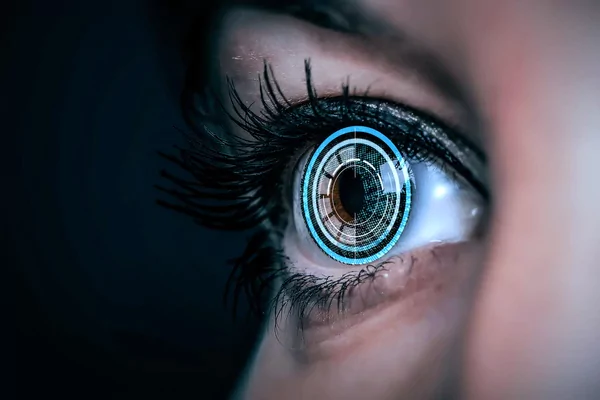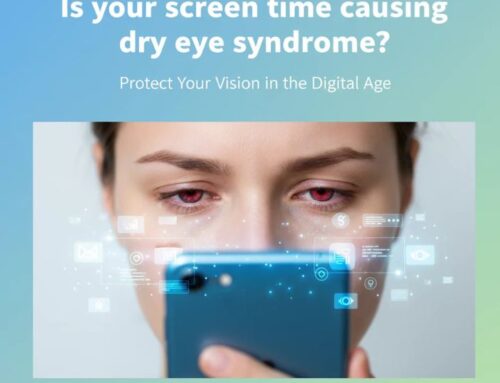Why the Iris Is Called the Fingerprint of Your Eye?
When we talk about the unique features that make each person one of a kind, most people think of fingerprints. But did you know your eyes hold an equally distinctive identifier? Enter the iris – often called the fingerprint of your eye.
In this blog, we’ll explore what is iris, how it works, and why it’s becoming a powerful tool in biometric security systems.
What is Iris?
The iris is the colored, ring-shaped part of your eye that surrounds the pupil. It controls how much light enters your eye by expanding or contracting the pupil. Think of it like a camera aperture that adjusts based on light levels. But the iris is much more than just a functional part of your eye – it’s also a complex, uniquely patterned structure that differs in every person.
Even identical twins, who share the same DNA, have completely different iris patterns. That’s why it’s often referred to as the “fingerprint of your eye.”
How Is the Iris Unique?
The iris is made up of intricate patterns, including furrows, ridges, freckles, and rings. These details are formed during fetal development and remain unchanged throughout your life. Unlike fingerprints, which can be altered by injuries or wear, the iris is protected behind the eye’s cornea and remains stable.
This stability and complexity make iris recognition a highly reliable form of biometric identification.
Iris Recognition: The Future of Security
Now that we understand what is iris, let’s explore how it’s used in technology.
Iris recognition is a biometric method that scans the unique patterns of your iris to verify your identity. It’s already being used in:
- Airport security systems
- Smartphone unlocking
- High-security government and corporate facilities
- Healthcare and banking for secure access
Because the iris is nearly impossible to replicate or alter, this technology is seen as more secure than traditional methods like passwords or fingerprint scans.
Fun Facts About the Iris
- The most common iris colors are brown, blue, green, and hazel.
- Some people have a condition called heterochromia, where each eye is a different color.
- Your iris starts forming when you’re still in the womb and is usually fully developed by 10 months of age.
- The chance of two people having identical iris patterns is less than 1 in 10 billion!
Final Thoughts
Your iris is not just a beautiful part of your eye—it’s a biological marvel that holds the key to your identity. Understanding what is iris reveals just how incredible and unique our bodies really are. As technology evolves, we’re likely to see even more advanced applications of iris recognition in everyday life.
So next time you look in the mirror, remember: you’re staring at the most secure password you’ll ever have.








